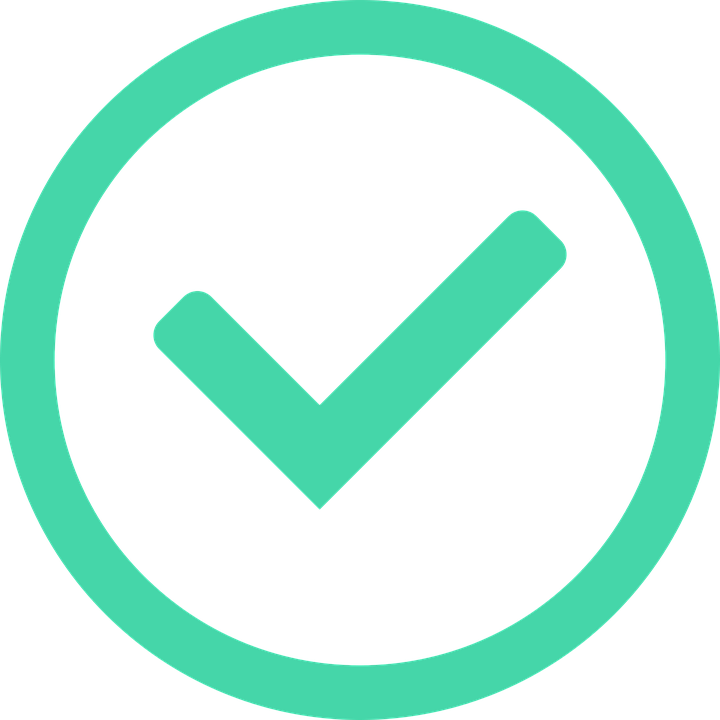What is Information Literacy?
Why is Information Literacy Important?

“Information literacy” is a term you’ll hear a lot during your college years. It means that all students (and all people, really) should be able to find and use reliable information and source materials and that they should be able to find the right material for whatever it is they’re doing or whatever questions they have (see the glossary of terms).
Finding dependable information is especially important in the digital/internet age, where millions of ideas can be discovered in half a second but where much of that information is outdated or worthless.
Handling the materials correctly is important, too; this includes giving full credit when using materials created by others.
Here are a few of the questions we’ll explore:
- Why is information literacy important and necessary?
- How can I learn to find reliable, high-quality information and texts?
- How can I build my reading skills?
- How can I read, understand, and use texts effectively?
- How can I use my reading skills as a springboard to writing?
- What is plagiarism, and how do I avoid it?
- How can I cite source materials correctly in my college work?
. . . . . . . . . . . . . . .
As a college student, it’s important that you can find reliable sources for your class work and assignments. It’s also essential that you know how to correctly use and handle the sources when you make them part of your own work.
Outside of school, most of us also feel it’s important to be informed about current issues and ideas. Knowing what’s going on in the world is, arguably, a citizen’s responsibility. Plus, it feels good to join in a conversation and know the facts, or to be sure we’re sharing a meme, social media post, or news article that’s accurate and trustworthy.
 Check Your Understanding: Snopes
Check Your Understanding: Snopes
Snopes is a widely respected, non-partisan site dedicated to investigating rumors, memes, social media statements, and news stories and then issuing decisions about whether the materials are correct or false.
Go to Snopes’ “What’s New” page—a page that updates daily and includes the latest rumors: http://www.snopes.com/whats-new/
Scroll through the list until you find an interesting hot topic. Click and read, then write a quick paragraph that summarizes what you found. What did you learn? Were you surprised?
If this captured your interest, you may want to explore Snopes a little more. It’s a fun place to poke around and a great place to fact-check information.
As humans living in the digital age, we should know how to navigate the Web successfully, find the best materials, and evaluate and use them with confidence. Alas: in an age where a quick Google search nets millions of “hits” in half a second, evaluating the sources we choose can be trickier than it sounds. There’s a lot of great material on the Web, but there’s a lot of garbage, too. Being able to tell which is which is a digital-age-important life skill.
We also need to understand who “owns” information—whether hard copy (printed) or digital—and how and when to give credit to the owner: this keeps us safe from accidentally committing plagiarism.
Plagiarism occurs when we use someone else’s “intellectual property” without giving them credit. Intellectual property is defined as material or ideas envisioned and created by another person. There are many kinds of intellectual property, including books, articles, essays, stories, poems, films, photographs, works of art or craft, or even just ideas. If someone else thought of an idea and brought it into the world, they own it, and if you use their idea in your work, you have to acknowledge them as the actual owner. If you don’t? You’ve committed plagiarism. That’s not a good idea—and we’ll talk more about this in the “Learning about Plagiarism” section, later in this Information Literacy portion of the text.
 Check Your Understanding: Plagiarism
Check Your Understanding: Plagiarism
There are a number of different practices which could lead to or be defined as plagiarism, so it’s important that you understand what constitutes plagiarism and what doesn’t. Which of these would be a kind of plagiarism?
- Copying written material from the Web and pasting it into your paper so it would look like you wrote it.
- Overhearing someone’s great idea while riding in an elevator and then later sharing the idea and saying it was yours.
- Finding a beautiful photograph on the Web and using it as your profile picture on social media without showing the photographer’s name.
- Citing lines of poetry in a blog post without mentioning the poet.
See the Appendix, Results for the “Check Your Understanding” Activities, for answers.

